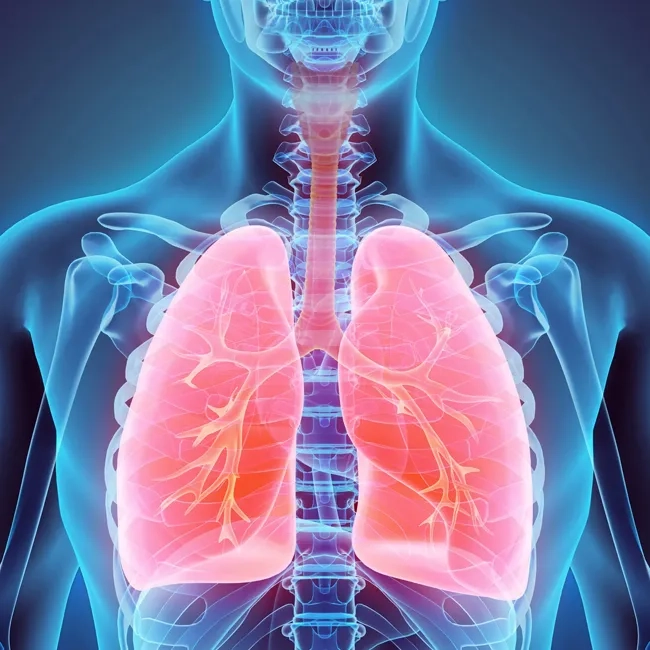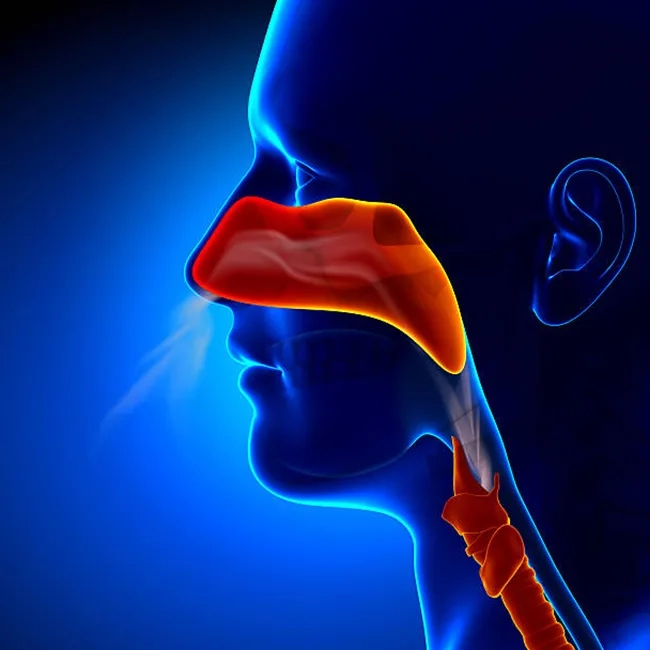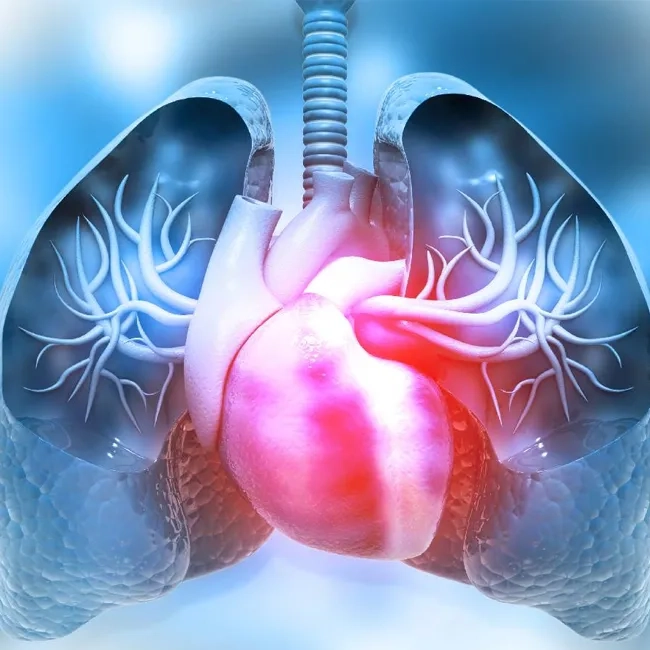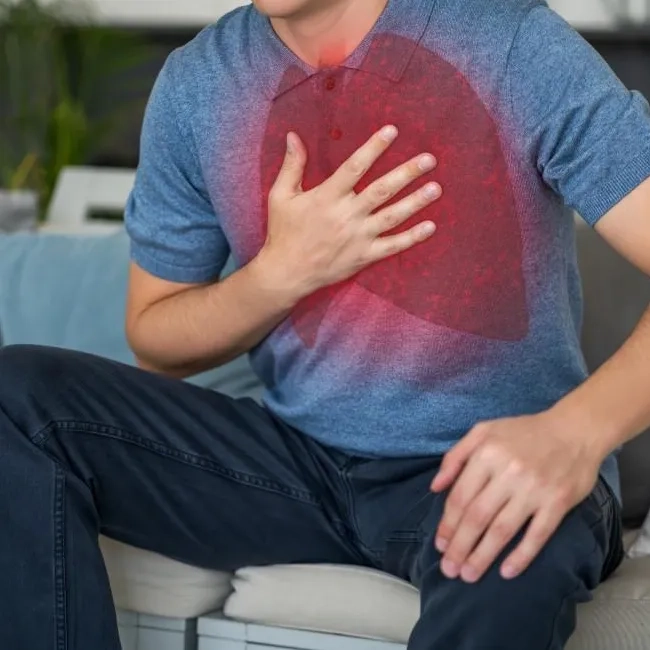Indoor air quality is a vital requirement in situations with airborne diseases.
As people spend nearly 90% of their time indoors, air pollutants may congregate 2–5 times more indoors and adversely affect productivity after staying indoors too long.
When people breathe, speak, exercise, sing, cough, or sneeze, respiratory fluids in the form of fine droplets and aerosol particles are formed. These droplets and particles can stay in the surrounding air for minutes to hours and may carry viruses that can easily cause the transmission of infections.
It is possible for fine droplets or aerosol particles to linger longer in enclosed spaces with inadequate ventilation or lack of air circulation, which can build up in the air and cause a higher risk of infection.
Other than that, bad indoor air quality in enclosed spaces can also cause issues like Sick Building Syndrome (SBS). SBS causes people to suffer from headaches; irritation in their eyes, nose, and throat; lethargy; difficulty concentrating; nausea; dizziness; and other symptoms.
Most people have taken to staying home to work or study, which also directly causes them to suffer from SBS due to the lack of proper air circulation.
There are many factors that cause poor indoor air quality, such as excess humidity, poor ventilation, volatile organic compounds (VOC), dust, and other airborne pollutants. When all these factors are trapped indoors without a way to disperse or purify, it is no surprise that bad indoor air quality affects our daily lives so thoroughly.
AireGard® Clean Air Systems provide two major solutions to address poor IAQ in enclosed spaces.
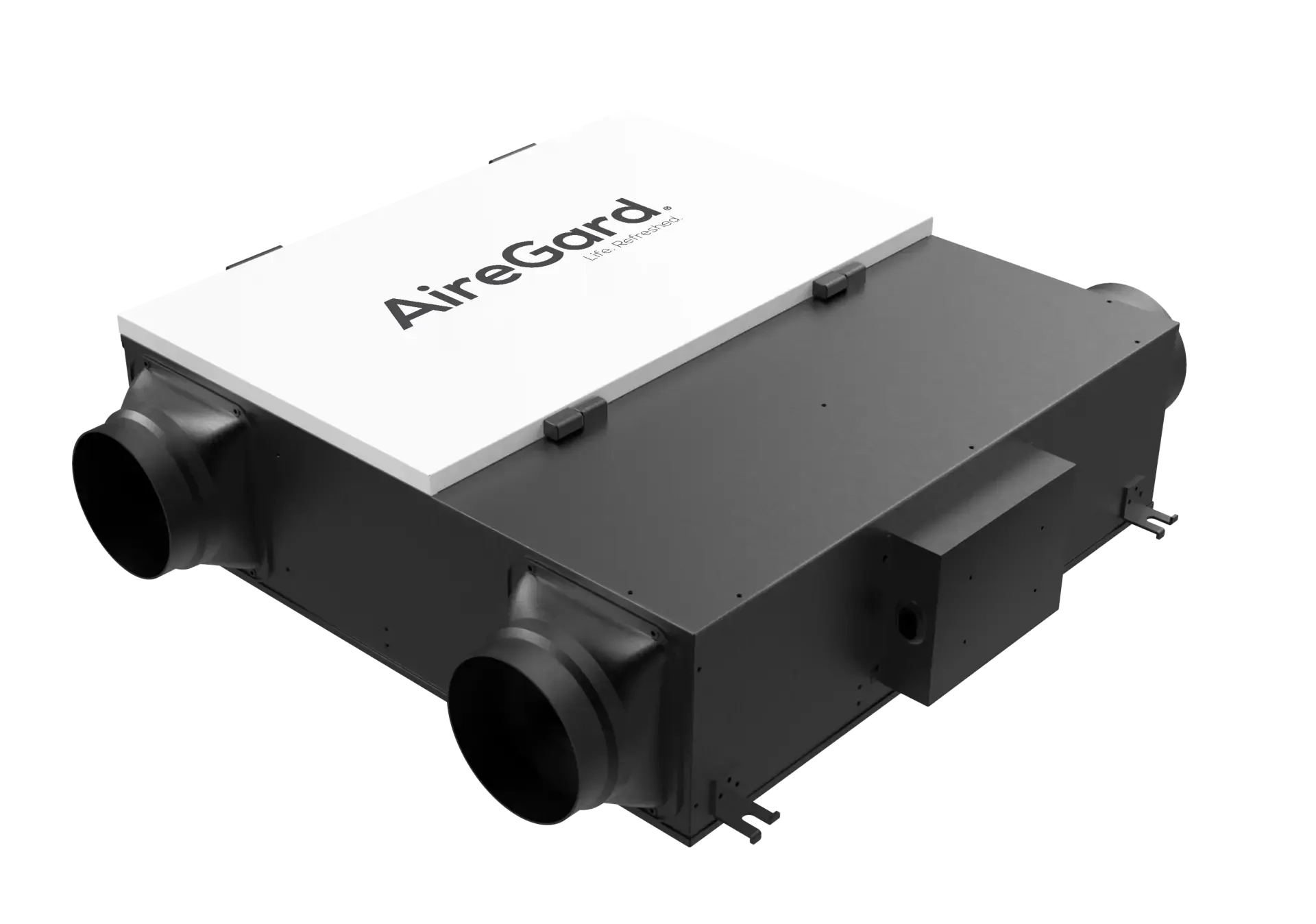
Enthalpy efficiency up to 90%
To prevent the spread of airborne diseases and issues like Sick Building Syndrome (SBS), proper air ventilation is a must. The AireGard ERV is a low-energy whole-space heat recovery unit with a high-efficiency heat exchanger that provides a constant supply of fresh tempered air into living spaces while keeping your electricity bills low.
An Energy Recovery Ventilator (ERV) is a cost-efficient device that introduces fresh air into buildings, like office spaces and homes, which helps prevent airborne diseases by minimizing outside air loads to create a stable air environment while saving large amounts of energy. It can also help maintain the humidity and temperature in tropical climates like Malaysia.
When the air-conditioning is turned on, the energy of the cold air discharged from the room is used to pre-cool the hot air outside and then sent to the room, hence, an efficient energy recovery concept.

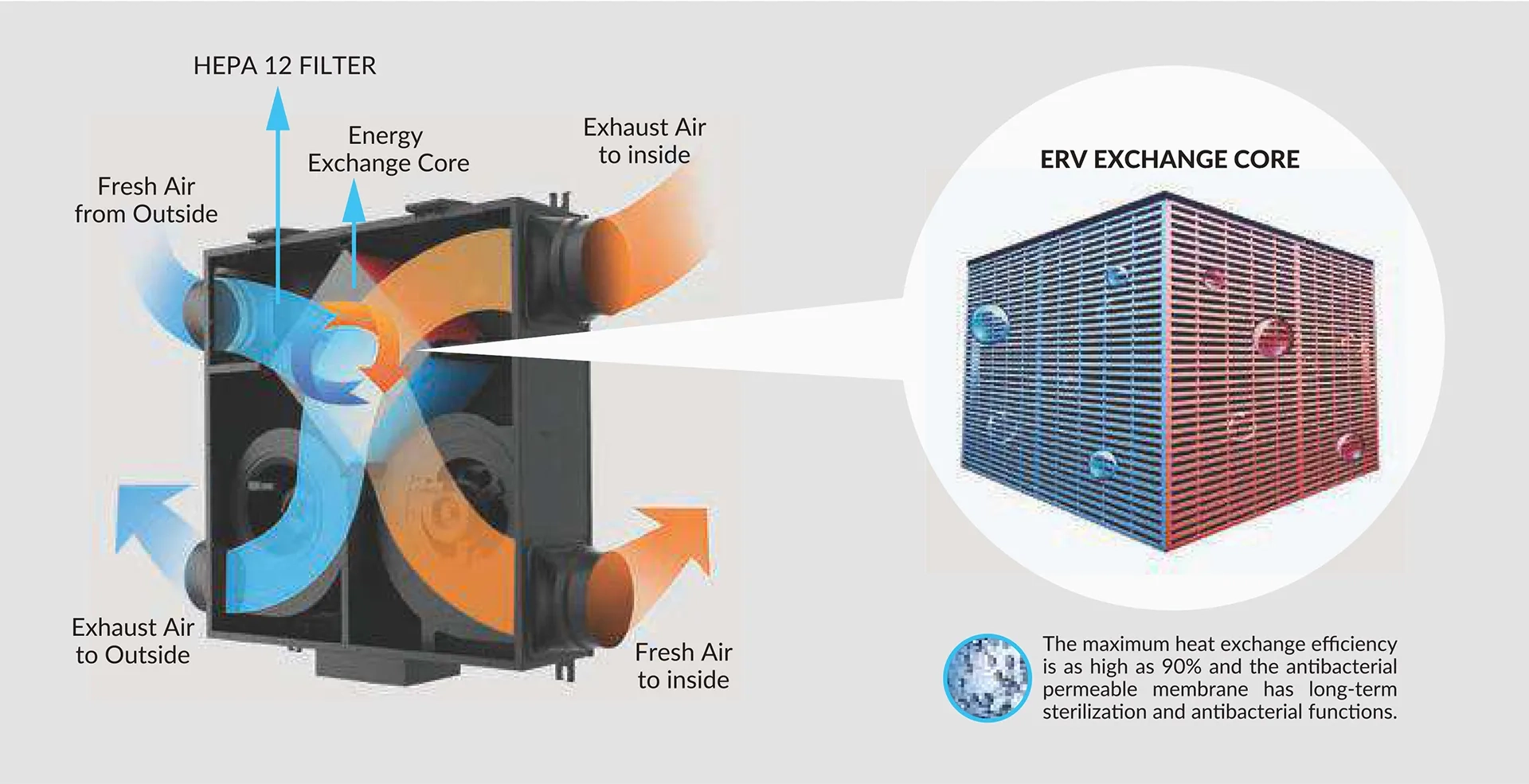
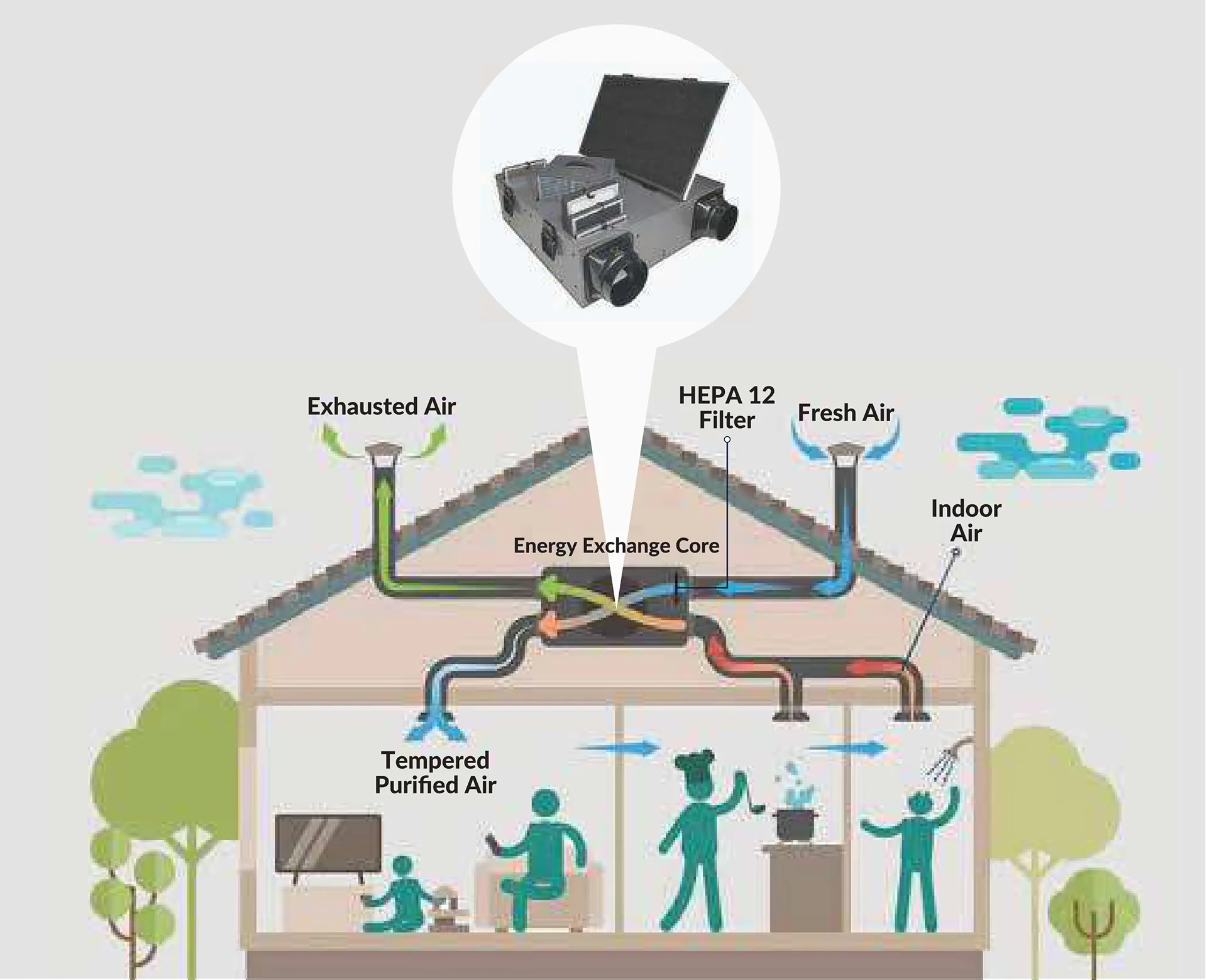
With an ERV, you can keep the windows closed and the air-conditioning on without worrying about the indoor air quality because it will keep the air fresh by supplying outside air while exhausting the stale indoor air.
When an ERV introduces fresh air with a maintained temperature and humidity into an enclosed space, it dilutes the concentration of virus particles in the air with a filter that removes stale air during air change.
AireGard® Energy Recovery Ventilators come with a medical-grade HEPA 12 filter which can reliably filter up to 99.5% of airborne diseases and other pollutants that are 0.3 microns in size and below.

Control your ERV from your smartphone with the world leading IOT Devloper.
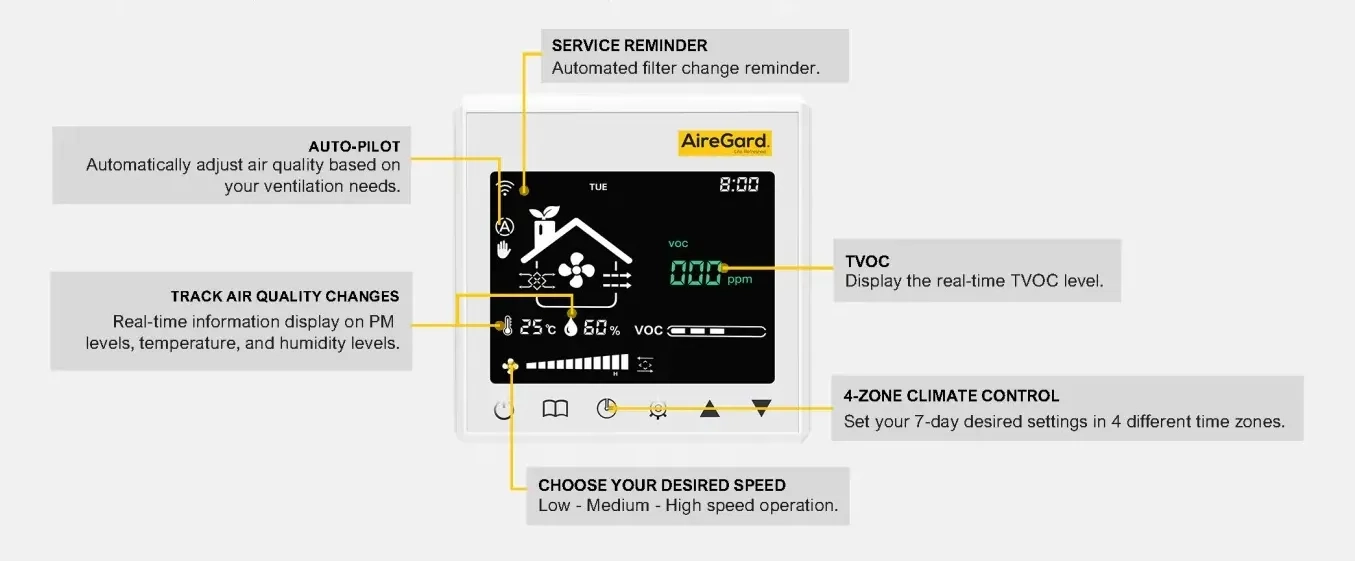
It provides a fresh supply of air with minimal loss of cool air indoors because of its energy recovering core. The outdoor air that carries heat will go through the ERV and enter the enclosed space as fresh air with a maintained temperature. When the colder indoor air exits through the ERV, up to 90% of the cold energy can be recovered and used to cool the hot outdoor air that is supplied into the enclosed space, without exerting excessive load onto the air-conditioning system.
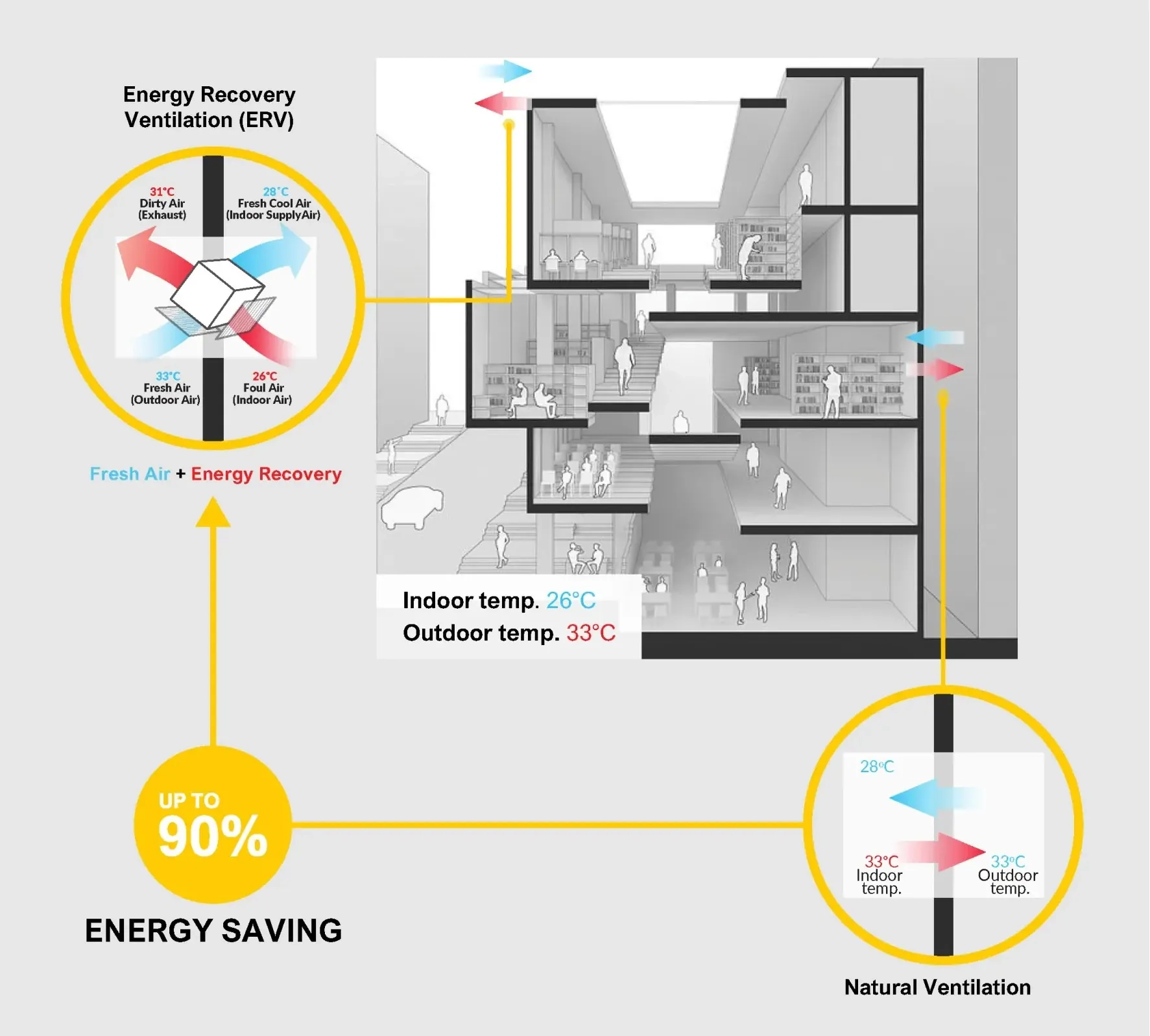

Approximately 20% energy consumption reduction
(Data is projection based, subjected to change based on user’s application and usage.)

